8 Colorado Mountain Towns Locals Can No Longer Afford After Tourism Boomed
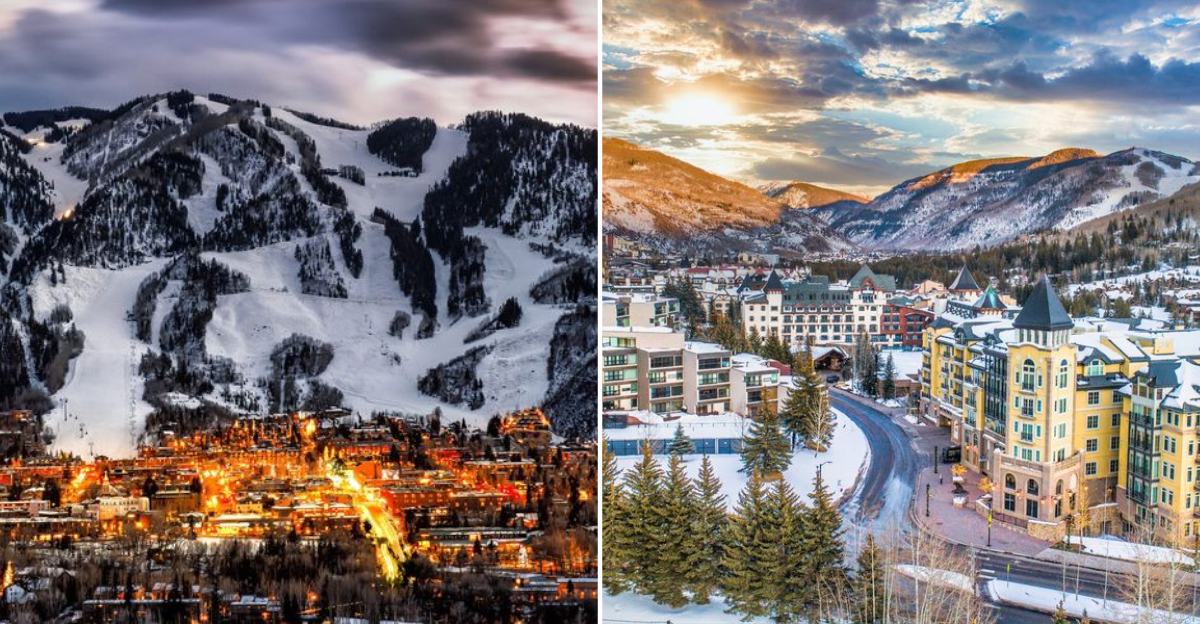
Colorado’s stunning mountain towns have always attracted visitors seeking adventure and natural beauty.
However, the tourism boom has transformed these once-affordable communities into playgrounds for the wealthy, pushing out the very people who built them.
Long-time residents now face impossible housing costs, forcing them to leave the places they call home.
1. Aspen
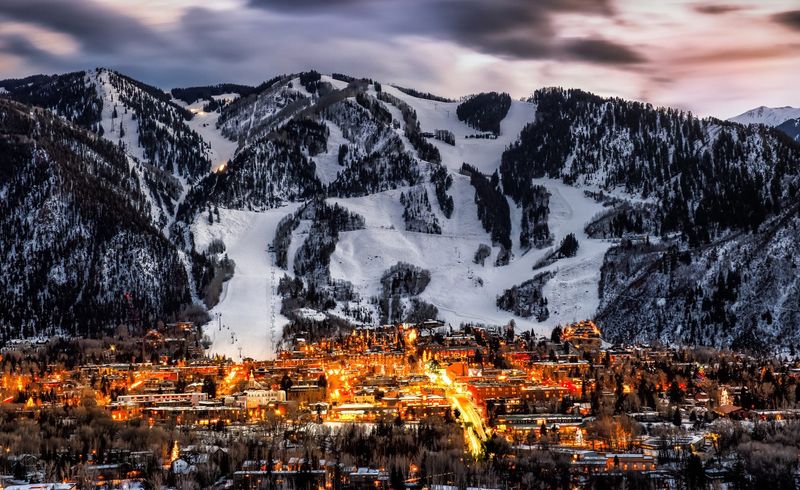
Billionaires have basically turned this place into their personal winter Disneyland, except the price of admission is your entire life savings. What was once a silver mining town where hardworking folks could afford a decent life has morphed into a luxury resort where even parking costs more than most people’s rent.
Local workers now commute hours from neighboring towns just to serve $40 burgers to tourists wearing fur coats worth more than houses. The median home price now sits around $3.5–$4 million as of 2025, making homeownership laughably impossible for teachers, firefighters, and shop owners.
Even renting a studio apartment requires winning the lottery or having three roommates in a closet-sized space. Affordable housing programs exist, but demand far exceeds availability.
2. Vail
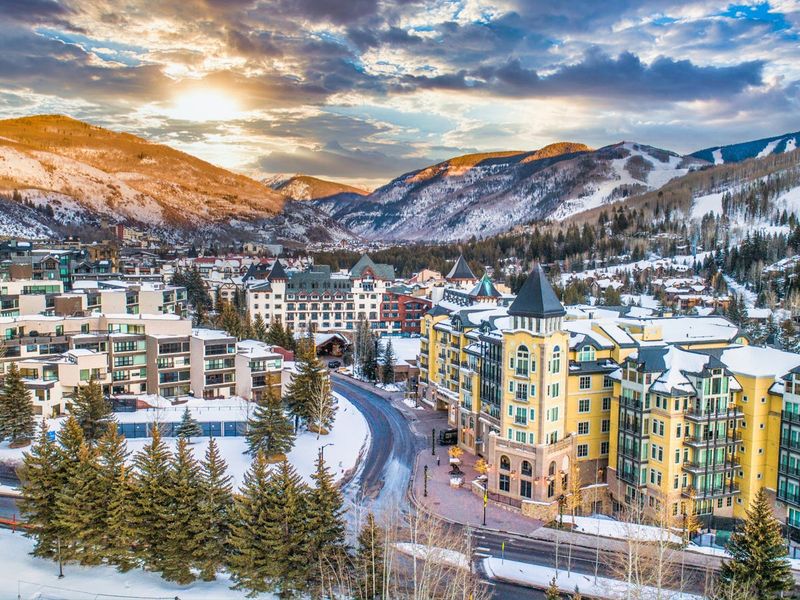
Originally designed as a ski resort in the 1960s, Vail quickly became synonymous with champagne wishes and caviar dreams. The European-inspired village charm attracts wealthy vacationers who drop thousands on weekend getaways without blinking an eye.
Meanwhile, the people who operate the ski lifts, cook the fancy meals, and clean the hotels can barely scrape together enough for groceries. The median home price in Vail now exceeds $1.2 million, and rental units are scarce.
Housing prices have skyrocketed so dramatically that many workers live in cramped employee housing or drive from towns over an hour away. The irony isn’t lost on anyone: the town needs workers desperately, but those same workers can’t afford to live anywhere near their jobs.
3. Steamboat Springs
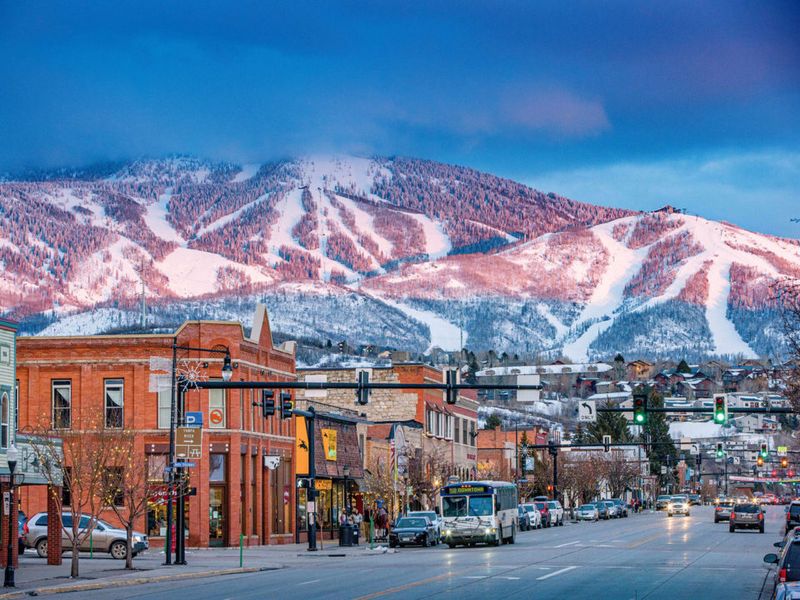
Famous for its champagne powder snow and natural hot springs, Steamboat Springs used to be a ranching community where cowboys and ski bums coexisted peacefully. Tourism transformed this laid-back town into a destination hotspot, and with that came eye-watering property values that would make your accountant weep.
Families who ranched here for generations suddenly found themselves priced out by wealthy second-home buyers. As of 2025, the median home price hovers near $1.2 million, well beyond what local incomes can support, creating a workforce crisis.
Now, essential workers struggle to find housing within reasonable commuting distance, and the town’s character shifts further from its authentic Western roots with each passing season.
4. Crested Butte
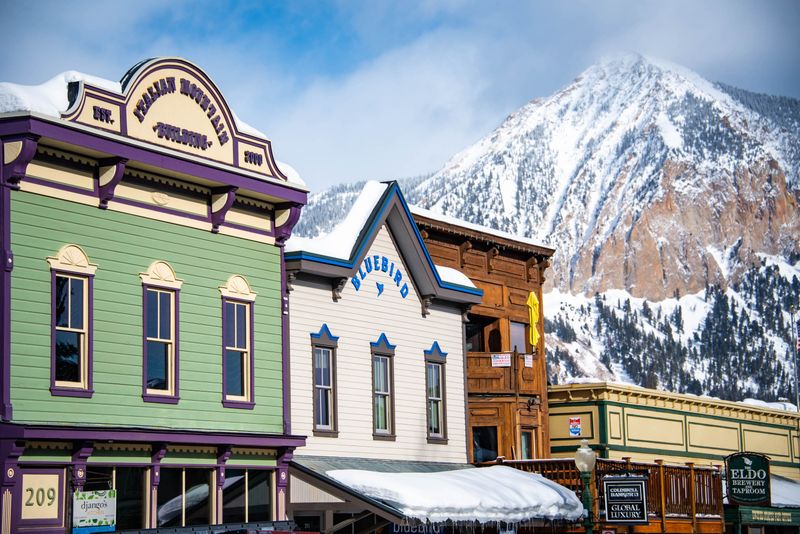
Wildflowers aren’t the only things blooming in this former coal mining town, housing prices are sprouting up faster than dandelions in spring. Crested Butte’s quirky, artistic vibe and world-class mountain biking trails attracted tourists who fell so hard for the place they bought vacation homes, inadvertently squeezing out locals.
The small-town charm that made it special is fading as workers can’t afford to live where they work. Some residents joke that you need a trust fund just to rent a shed.
Recent estimates put the average home value near or above $1 million, and while the town has implemented affordable housing initiatives, demand far outpaces supply, leaving long-time community members with heartbreaking choices about their futures.
5. Telluride
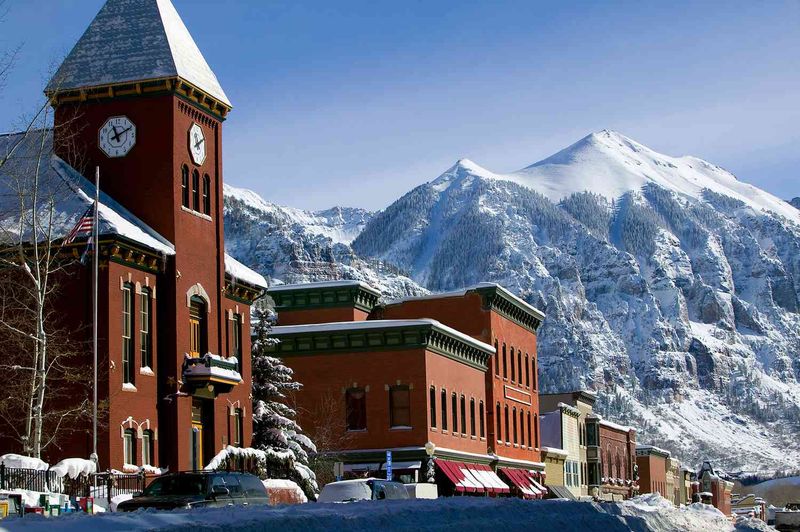
Tucked into a stunning box canyon, Telluride looks like something straight out of a postcard—and it costs about as much as buying the entire postcard factory. This former mining town turned celebrity hideaway boasts film festivals, world-class skiing, and price tags that’ll make your jaw hit the floor.
Average home prices range between $2.5 and $3 million, effectively locking out anyone without a hefty investment portfolio or Hollywood contract. Restaurant workers, ski instructors, and retail employees face impossible choices: spend half their income on a bedroom in a shared house or commute from cheaper towns like Ridgway or Montrose.
The community spirit that once defined Telluride struggles to survive when the community itself can’t afford to stay.
6. Breckenridge
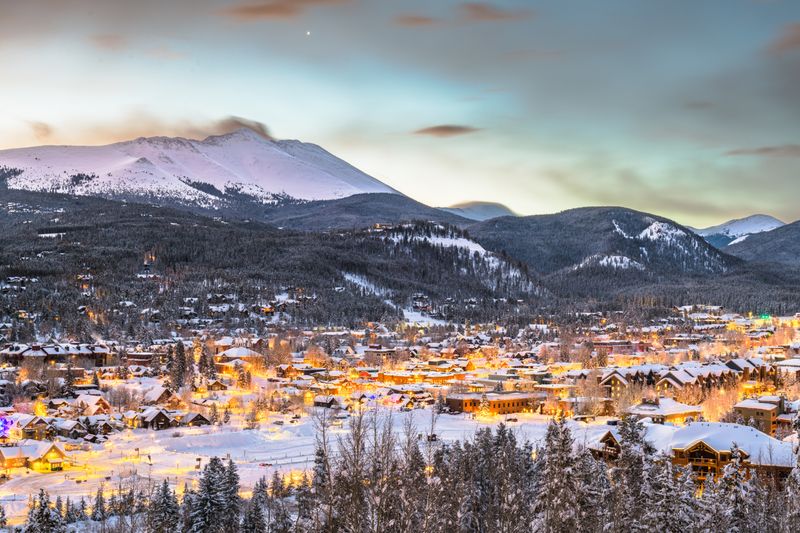
Gold rush miners would be utterly shocked to discover that the real treasure in Breckenridge isn’t underground—it’s the real estate market that’s struck it rich. This historic town’s transformation into a mega-resort destination brought prosperity for some but displacement for many others.
Typical home prices in Breckenridge now sit above $1.5 million, and rental prices have followed suit. Workers often cram multiple people into small apartments or endure brutal winter commutes over mountain passes.
The town’s vibrant Main Street still bustles with activity, but fewer of those smiling faces serving coffee or fitting ski boots can actually afford to call Breckenridge home anymore, changing the town’s soul.
7. Winter Park
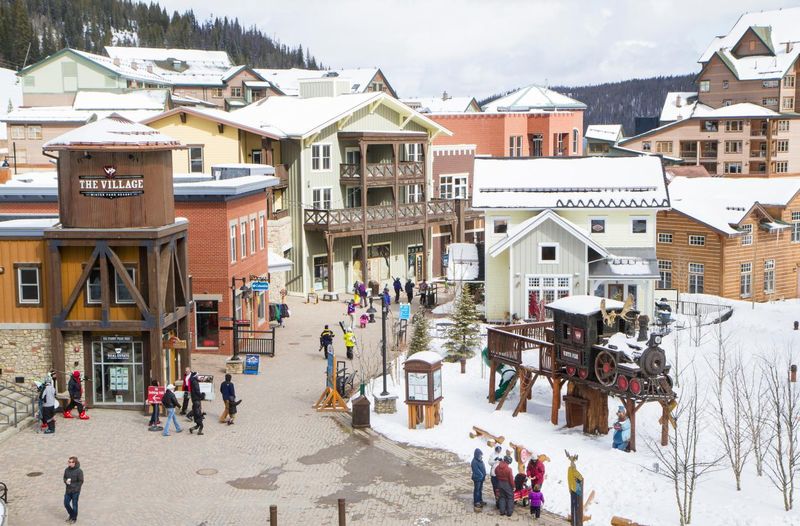
Winter Park was once considered the more affordable alternative to glitzier resorts, but that reputation has melted faster than spring snow. The town’s proximity to Denver made it incredibly popular with Front Range residents seeking weekend escapes, driving demand and prices through the roof.
Median home prices are now around $900,000–$1 million, and rents continue to climb. Local workers who keep the ski resort running, maintain the trails, and staff the restaurants suddenly found themselves competing with wealthy buyers for limited housing.
Rent increases forced many to move further away, creating longer commutes and workforce shortages. The town that prided itself on being accessible and welcoming now faces an identity crisis as affordability becomes a distant memory for working-class residents.
8. Vail Valley (Expanded Region)

Stretching beyond just Vail itself, the entire Vail Valley region—including towns like Avon, Edwards, and Eagle-Vail—has become increasingly unaffordable as tourism dollars flooded in. Workers thought moving to these neighboring communities would offer relief, but prices followed them like an avalanche.
Median home prices in towns like Avon and Edwards now exceed $900,000, with Eagle approaching similar levels. Even towns once considered bedroom communities for resort workers now command premium prices, leaving locals in a perpetual game of housing musical chairs.
The ripple effect means teachers, nurses, and service workers commute from increasingly distant locations. The valley’s beauty remains breathtaking, but for many who helped build these communities, the view comes with a bittersweet realization that they’re being priced out of paradise.
